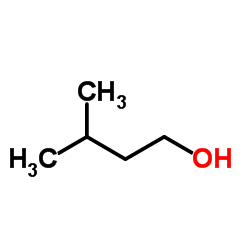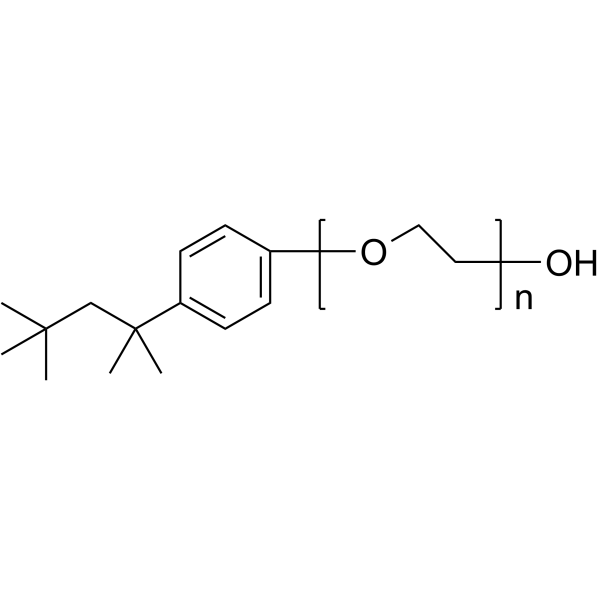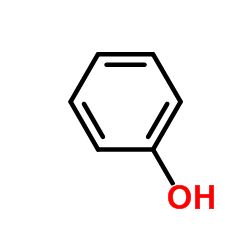| Structure | Name/CAS No. | Articles |
|---|---|---|
 |
Chloroform
CAS:67-66-3 |
|
 |
Ethanol
CAS:64-17-5 |
|
 |
sodium dodecyl sulfate
CAS:151-21-3 |
|
 |
3-Methyl-1-butanol
CAS:123-51-3 |
|
 |
Triton X-100
CAS:9002-93-1 |
|
 |
Phenol
CAS:108-95-2 |
|
 |
Ethylenediaminetetraacetic acid
CAS:60-00-4 |
|
 |
Phloxine B
CAS:18472-87-2 |